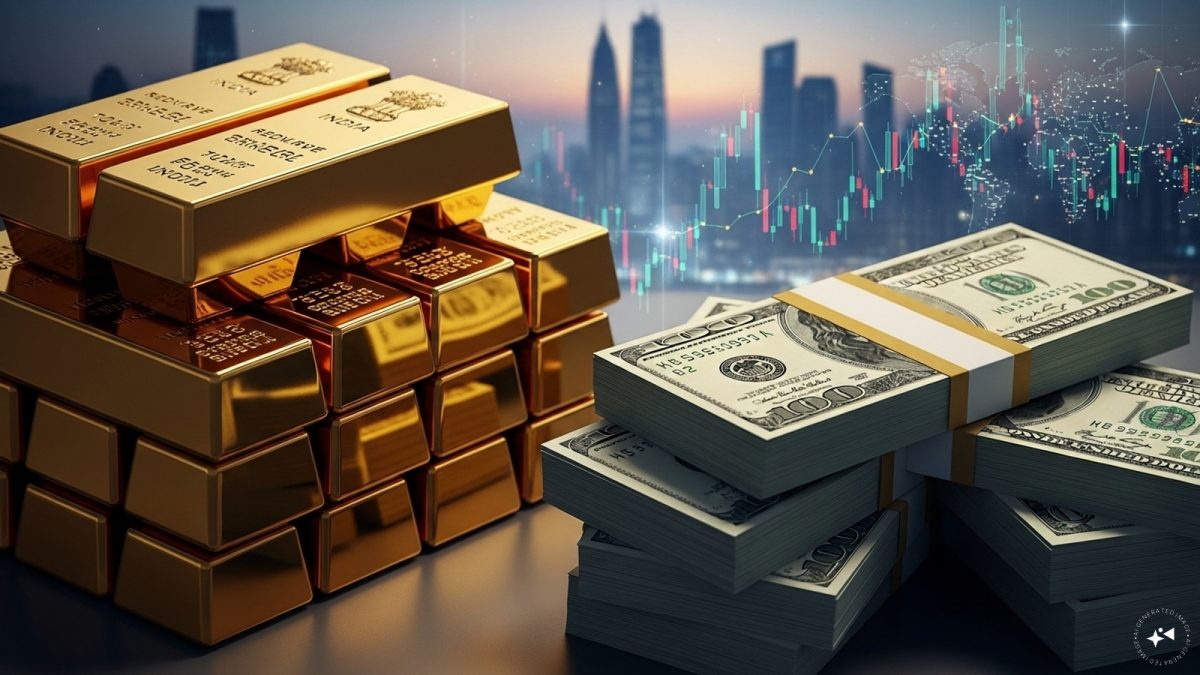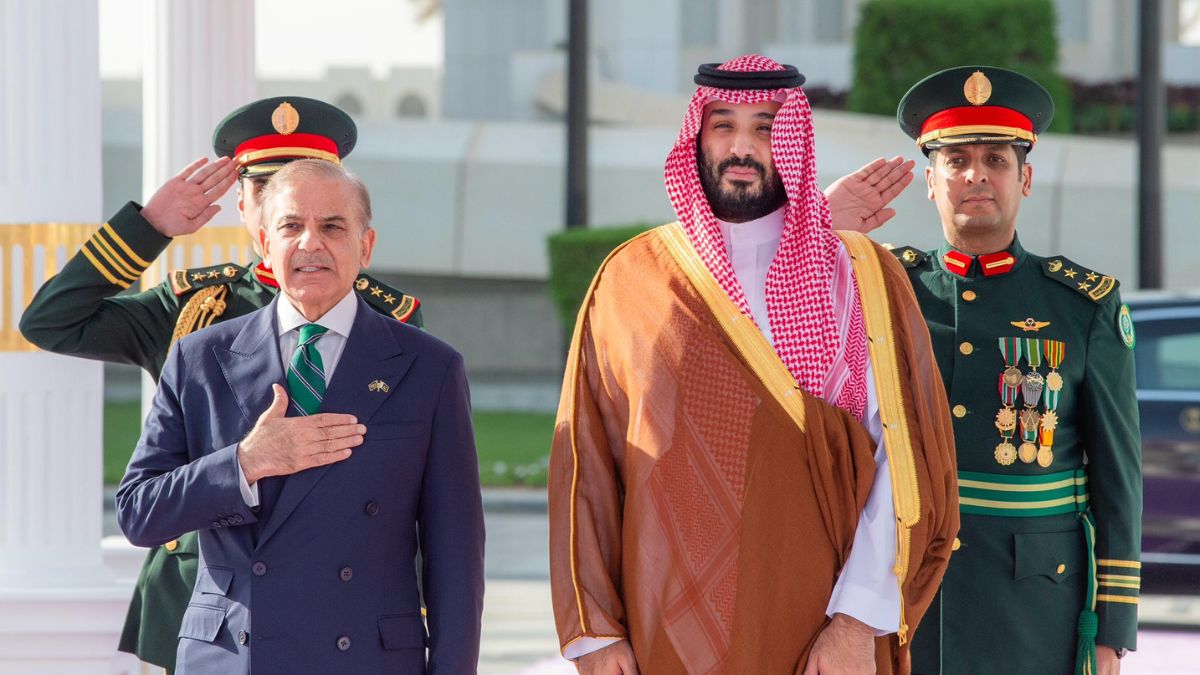India’s central bank appears to be quietly reshaping its reserve strategy. The Reserve Bank of India (RBI) has been steadily ramping up its gold holdings while scaling back exposure to US Treasury securities, a move that highlights growing global unease over the dollar’s dominance and long-term value.
As of October, the RBI’s gold stockpile crossed 880 tonnes after it added 600 kilograms since the start of this fiscal year, the highest level of gold reserves ever held by India’s central bank. In parallel, its holdings of US Treasury securities have slipped to a seven-month low of $219 billion, according to data from the US Department of Treasury.
India’s shifting reserves: more gold, fewer dollars
The RBI’s gold buying spree gathered pace this year. It added 200 kilograms in the week ending September 26 and another 400 kilograms in the week ending June 27. The trend reflects a broader diversification strategy amid global economic and geopolitical uncertainty.
At the same time, India’s investments in US Treasuries have continued to fall, from $238.8 billion a year ago to $219.7 billion in July, the latest month for which US data is available. This marks a consistent decline over several months, coinciding with rising global yields and questions about the US fiscal outlook under the Trump administration.
The shift has also coincided with a major rally in gold prices, pushing the valuation of India’s gold reserves above $100 billion for the first time to $102.36 billion as of October 10, according to RBI data.
A strategic hedge against uncertainty
Analysts say the RBI’s gold accumulation is not merely about returns, but risk management. “This reflects a structural hedging strategy against the volatility of the US dollar and geopolitical shocks,” said a senior Mumbai-based economist. “Gold offers safety and liquidity, particularly when global confidence in sovereign debt markets is eroding.”
The surge in gold buying by central banks globally adds weight to this argument. According to the World Gold Council, central banks have been net buyers for more than a decade, with the pace accelerating in recent years amid inflation concerns, sanctions risks, and trade tensions.
For the RBI, this shift also comes amid uncertainty over Trump’s tariff threats, the Federal Reserve’s anticipated rate cuts, and a volatile global trade environment. Gold, in contrast, has proven to be a stable store of value and a politically neutral one.
Impact Shorts
More ShortsReading between the numbers: waning faith in the dollar?
While India’s moves are modest compared with China’s or Russia’s reserve diversification, they mirror a broader sentiment: that the world’s major emerging economies are no longer willing to rely solely on the dollar-based system.
The US debt load, now exceeding $36 trillion, and repeated episodes of political brinkmanship over fiscal policy have raised concerns about the long-term safety of dollar assets. US Treasury yields have also surged, eroding bond prices and making diversification more attractive for reserve managers.
“The fall in RBI’s US Treasury holdings is part of a global recalibration,” said an economist with a foreign investment firm. “It’s not a rejection of the dollar, but a pragmatic rebalancing, a recognition that overexposure to any one asset class, even the US government’s, carries risk.”
Global context: the dollar still rules, but gold gleams brighter
Despite the shift, the dollar remains the cornerstone of global reserves, accounting for nearly 60% of central bank holdings worldwide. But the rising share of gold in India’s foreign exchange reserves, now at its highest in two decades signals a subtle but strategic evolution.
With $102 billion worth of gold, India’s metal holdings now make up a significant portion of its total forex reserves, strengthening the RBI’s balance sheet amid currency volatility and global capital outflows.
For now, India’s “billion-dollar bet” on gold appears to be both a financial and geopolitical hedge against inflation, US fiscal instability and a fragmented world order.
In the long term, it also highlights an emerging reality: even as the dollar retains its dominance, trust in its permanence is no longer absolute.


)

)
)
)
)
)
)
)
)



